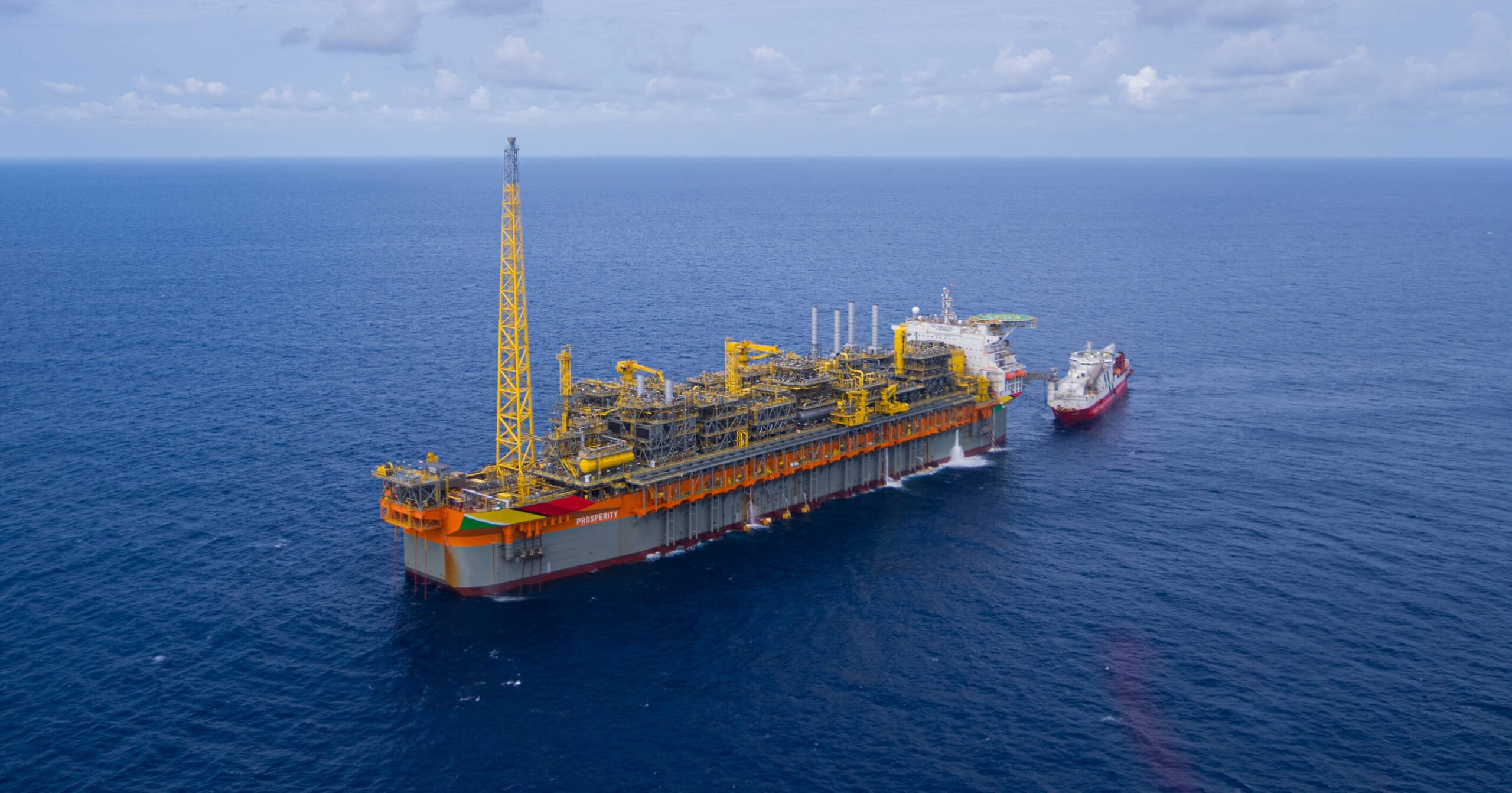As global energy investments increasingly favor low-carbon and renewable projects over fossil fuels, Vice President Bharrat Jagdeo is steadfast in his view that Guyana must avoid the risk of stranded oil assets. With substantial offshore oil discoveries providing a significant economic boost, Jagdeo believes that even as the world transitions, oil prices will be sustained at a level that keeps Guyana’s oil industry viable well into the future.
“The prices will sustain, will be such a way into the future that allows us to have a sustainable industry…so that we don’t [get] left stranded with these assets,” Jagdeo said at a November 7 press conference in Georgetown.

He underscored that, due to ExxonMobil’s low production costs and the quality of Guyana’s light, sweet crude, the country will likely retain its competitive edge even as global demand for fossil fuels eventually wanes. “Lots of other countries should fall off the production chart ahead of us,” he said.
Rystad Energy highlighted in its Global Energy Scenarios 2024 report that energy spending is now dominated by low-carbon investments, which made up more than 50% of total energy expenditure in 2023. Rystad projects that, by 2032, investments in grid infrastructure to support renewables will surpass the US$700 billion currently projected for oil and gas by 2030. However, Rystad said that fossil fuel investments are still essential to meet current and future energy demands. Jagdeo agrees.
The Vice President said “You need US$2 trillion now to invest in renewable energy to offset the delta, which is the incremental increase in demand…that’s not happening now. So that means you have to meet current demand and future demand—guess from where—fossil fuel!”
The Guyana government intends for the country to be one of the last oil producers. It has espoused the need to keep its investment climate attractive with a stable regulatory framework and equitable fiscal terms.
One element of this strategy is the decision not to heed demands to ring-fence oil projects. Ring-fencing would restrict investors’ recovery of each project’s costs solely to its revenue, potentially increasing Guyana’s upfront revenue take. However, Jagdeo has explained that this approach could discourage companies like ExxonMobil from committing to multiple projects in Guyana. By foregoing ring-fencing, the government allows faster cost recovery across projects, thus incentivizing investment. This results in more government revenue altogether from more projects, rather than a higher upfront take of the revenue from fewer projects.
Furthermore, Jagdeo has cautioned against altering contract terms, arguing that a stable investment climate is essential to maintain investor trust.
The current state of affairs has resulted in an ExxonMobil-led group sanctioning six projects that will be producing more than 1.2 million barrels per day (b/d) after 2027.
Jagdeo also contextualized Guyana’s oil story within a broader geopolitical framework, noting that countries in the Global South, including Guyana and many African nations, face pressure from developed nations to leave fossil fuel resources untapped. “We had a group of northern NGOs and a group of northern countries that were saying, ‘you must leave your gas in the ground…we are expanding our production in our country, but you must leave yours in the ground,'” Jagdeo said, calling this unfair.
He said countries like Guyana need the economic benefits that oil revenue provides, not only to meet domestic needs but also to fund critical adaptation and resilience efforts against climate change. He explained that these oil revenues will support a long-term vision of economic diversification in Guyana, fostering growth in sectors such as agriculture, ecotourism, and services, alongside an expanding green economy.
Jagdeo said, “We believe that the revenue flow from the oil and gas sector, if invested wisely, would create new streams of benefits that would allow us to have prosperity beyond the oil and gas presence in Guyana.”



